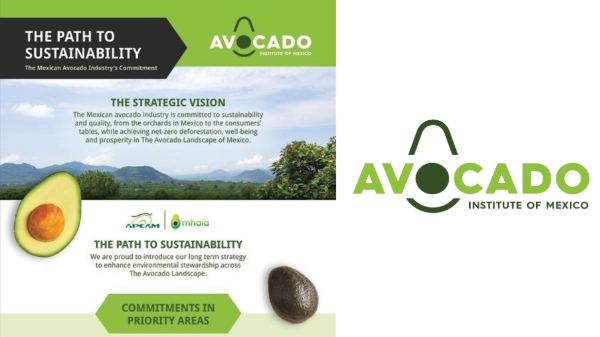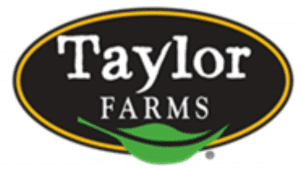Welcome to Blue Book!
Are you ready to join the thousands of companies who rely on Blue Book to drive smarter decisions? View our plans and get started today!
Still have questions? We’d love to show you what Blue Book can do for you. Drop us a line– we’ve been waiting for you.

Indeed, packaging can be varied from sturdy clamshells to ‘grab-and-go’ plastic bags and pouches in fixed or random weights. Pouches—the rage these days—are available in an increasing number of types and sizes including single-serve, stand-up, and with or without handles.
Types of plastic, like polyethylene and polypropylene, can be returned and reused as many as ten times. Shipping pallets are no longer just wood, which need to be replaced every year, but can be made of plastic or rubber and used season after season.
High-Tech Monitoring
Technology has also helped increase efficiency and production yields. California’s stringent water policies spurred the development of better watering techniques, such as drip irrigation, and new high-tech systems can help manage pest and disease risks tied to weather conditions.
Haywood, CA-based Davis Instruments developed a solar-powered weather station that sends data to stone fruit and grape growers every 2.5 seconds. Wireless sensors track temperatures, humidity, and UV radiation on leaves and plants, which growers then can use to assess risks related to specific pests and diseases.
“Every year we know if we have a cool spring we need to be concerned about mildew, and if we have rain during the spring bloom, we have to be concerned about Phomposis cane leaf spotting,” says Joe Valente, a grape grower and Davis customer. “If we have a hot summer with days reaching close to 100 degrees past July Fourth, we need to be concerned with mites and leaf hoppers.” Valente uses his Davis weather station to track changing conditions in the fields and react as needed.
Row Covers
Other news concerned plastic row covers, used by late-season growers. A recent study compared the performance of the opaque white and green transparent film types. Initial findings indicated the green covers allowed more light, which in turn increased temperatures and condensation, while the white opaque film was believed to have reflected more light away from the grapevines. Further research was planned, with additional trials set to encompass more grape-growing counties.








